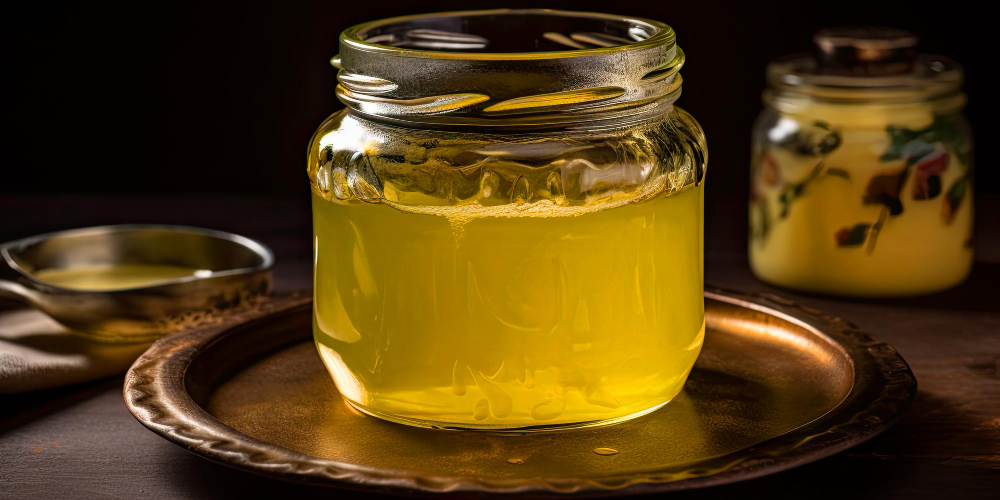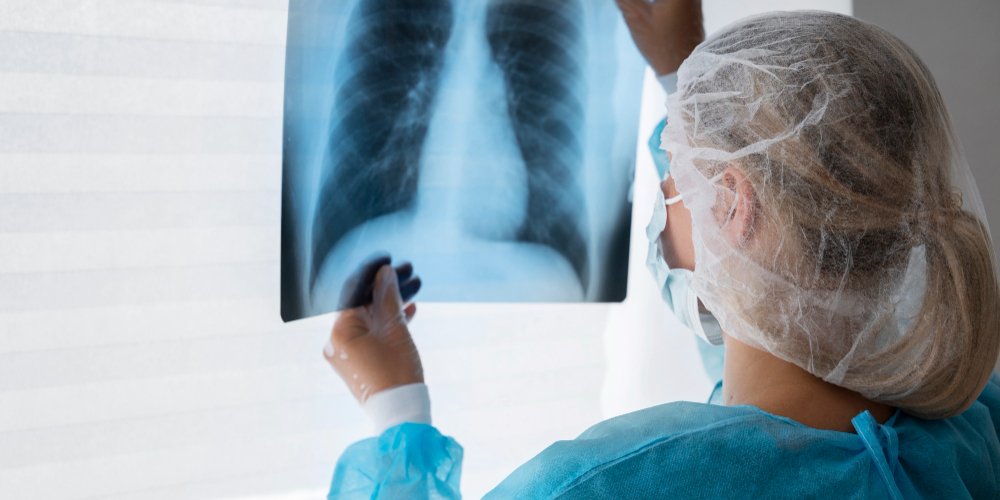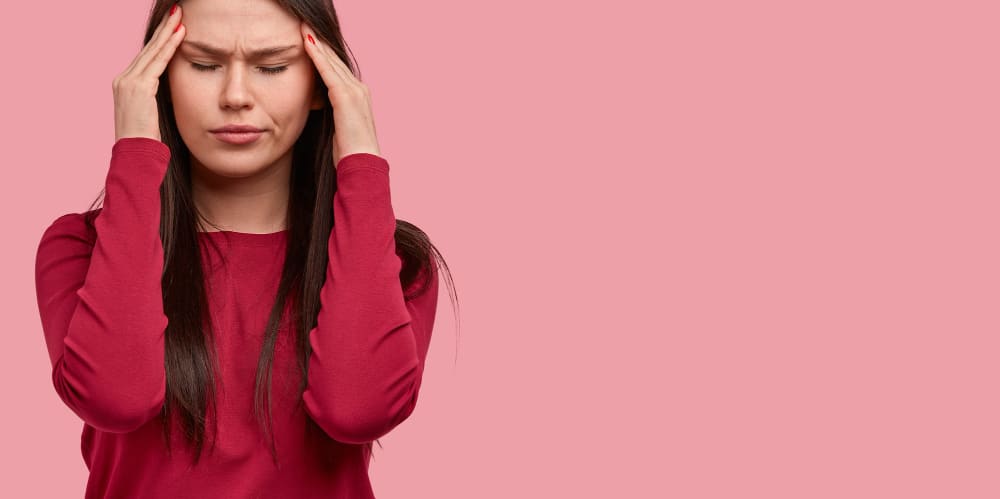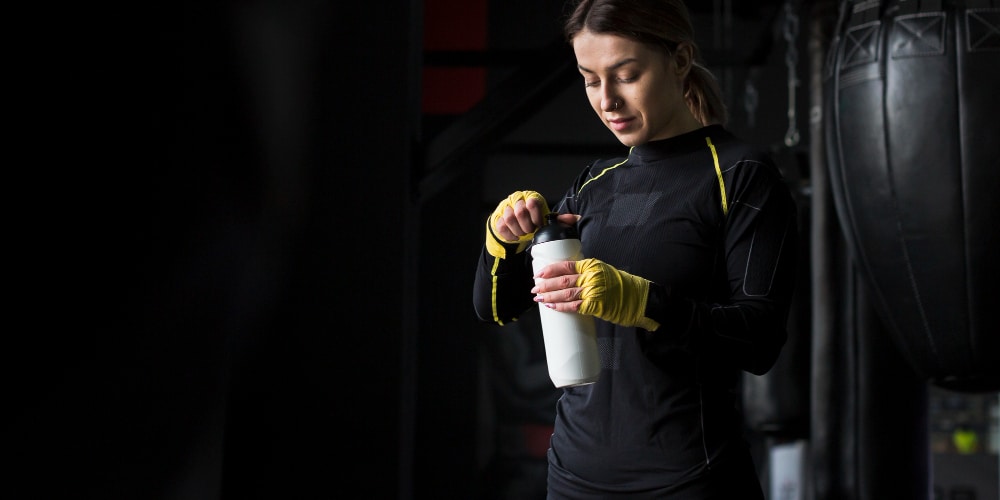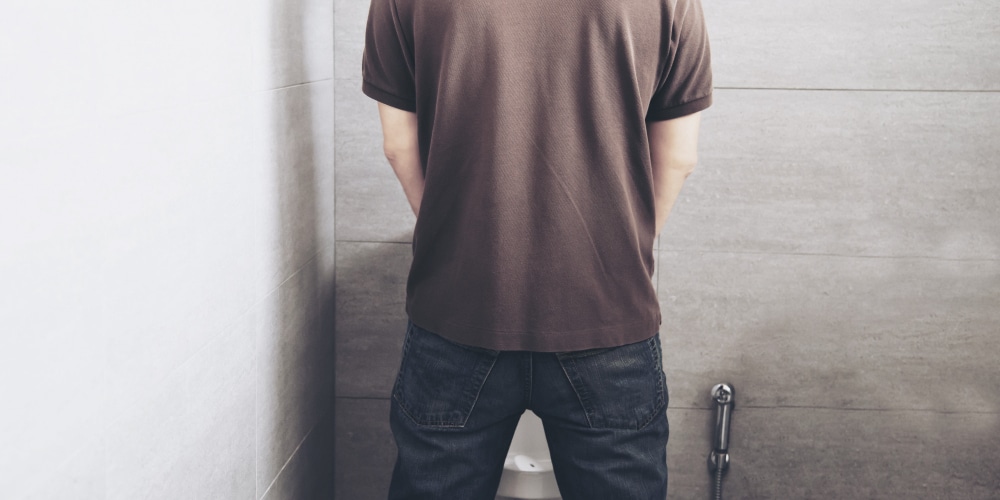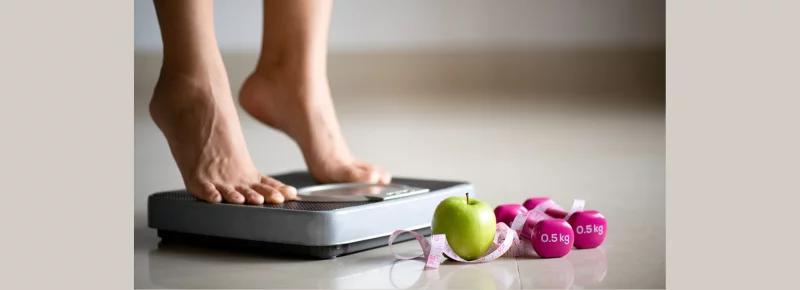FACT CHECK: Can soaking your feet in hot water cure migraines?
Experts say that soaking your feet in warm water may not cure migraines, but it can offer some relief from an acute attack
Author
Author
- admin / 2 months

- 0
- 5 min read
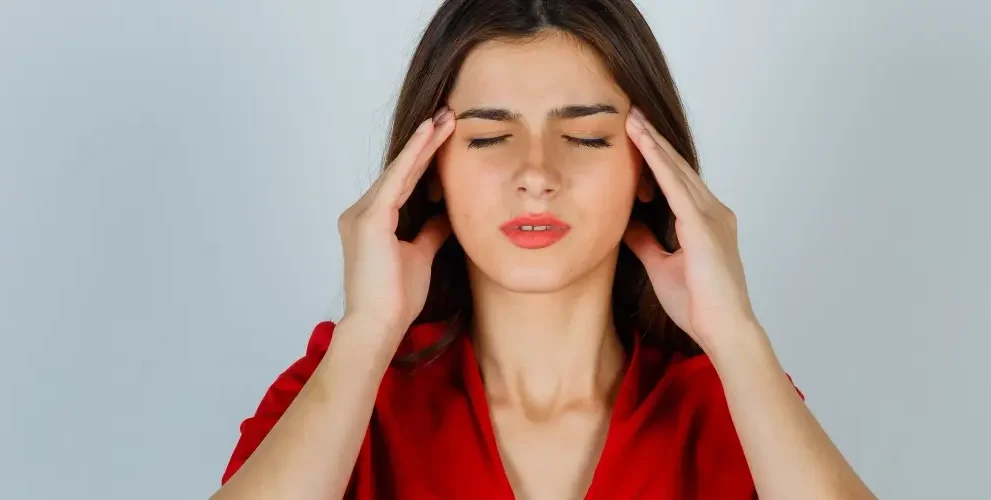
Author
Soaking your feet in hot water can cure migraines.
FACT:
Soaking your feet in hot water may offer temporary relief for a mild migraine attack, but it does not cure or prevent migraines. Experts suggest using it only as a symptomatic measure alongside proper medical treatment and lifestyle management.
If you suffer from migraines and are always looking for quick fixes to ease the pain, you might want to pay attention to this. A recent reel by Dr Vishal Gabale, MBBS, DNB Internal Medicine, has sparked debate about whether dipping your feet in hot water can actually relieve migraine headaches.
Dr Gabale goes on to explain that migraines occur when blood vessels in the brain dilate, irritating nearby nerves and triggering throbbing pain.
According to him, soaking the feet in warm water prompts the body to respond with reflex vessel dilation. “That means blood vessels in your legs open up. This causes a shift of blood from the brain towards the feet, which can reduce this pulsatile pressure in the head. So when blood flow redistributes to the feet, it can reduce some of this vascular pressure in the brain. And yes, that makes you feel better.”
He acknowledges that small studies and traditional practices suggest foot soaking may help ease pain during mild migraine attacks, particularly when combined with rest and dim lighting. But he cautions against overstating its impact.
Could something as simple as a hot water soak really help with migraines, or is it just another internet fad?
Can soaking your feet in hot water cure migraines?
A 2016 clinical study explored whether hydrotherapy could enhance migraine management. Forty chronic migraine patients were randomly assigned to receive either standard medication alone or medication plus hydrotherapy, which involved a hot arm and foot bath (103°F to 110°F) combined with ice massage to the head. After 45 days of daily 20-minute sessions, both groups reported improvement, but the hydrotherapy group showed significantly greater reductions in headache frequency and intensity.
The researchers also observed measurable changes in heart rate variability, concluding that “add-on hydrotherapy enhanced the vagal tone in addition to reducing the frequency and intensity of headaches in migraine patients.”
Research also indicates that combining foot baths with complementary approaches may enhance benefits. A 2024 randomised controlled trial tested a combination of lavender oil inhalation with hot foot baths among 70 patients with migraine. The intervention was carried out daily for 15 days, with each session including 5 minutes of lavender inhalation and 20 minutes of hot foot soaking. Results indicated “significant improvement in the intervention group across all metrics” (which are pain, disability, and quality of life). The control group, meanwhile, showed limited benefit, which the authors attributed to analgesic use during severe attacks. The researchers concluded that this combined approach “is a viable complementary approach for migraine management, promoting pain relief, reduced disability, and enhanced quality of life.”
What experts say:
Clarifying these claims, Dr Vinit Suri, Senior Consultant Neurologist at Indraprastha Apollo Hospitals, New Delhi, emphasised the limitations of foot soaking. He explained that “soaking in warm water is not a cure for migraine. It has only been tried as a method to abort an acute attack, not to prevent future episodes.”
According to Dr Suri, migraine management involves two main approaches: aborting an ongoing attack and preventing the occurrence of future attacks. “For prevention, patients are advised to maintain regular sleep and meal patterns, identify and avoid trigger factors, and, in many cases, take medications prescribed by their doctor,” he said. Common triggers can include delayed meals, sun exposure, or specific foods such as certain processed items, chocolate, or alcohol, though triggers vary individually.
When addressing an active migraine episode, he noted, “There are a lot of medications available- oral tablets, sublingual options, or injections, but many people also try unscientific home remedies, like soaking feet in warm water or using ice packs on the head.” He emphasised that there is “no scientific basis” for foot soaking and that the vasodilation theory alone does not explain the complex neurological pathways involved in migraines, including the trigeminal-thalamic pathway and chemical imbalances.
Dr Suri added that while some patients may experience relief from hot foot baths, the benefit is limited to symptomatic relief and may help abort a mild attack. “There is no harm in trying it for some, but it should be avoided in patients with heart disease or diabetic neuropathy, as they may not feel excessive heat and risk burns,” he warned.
In fact, a 2022 experiment tested different bathing depths – half-body, low-leg, and foot baths on healthy male volunteers. Researchers found that “the blood flow did not markedly change throughout the experiment in foot bathing,” while low-leg and half-body baths produced stronger circulatory effects. They also warned that “rapid changes in pulse rate or blood pressure associated with bathing are considered risky.”
Dr Suri advised that “foot soaking, ice packs, resting, or a short nap may help in some cases, but these are only symptomatic measures. They have no role in preventing migraines. Preventive treatment involves lifestyle adjustments and medications, whereas home remedies are supportive at best and lack strong scientific evidence.”
Also read: FACT CHECK: Can clove-studded apple ease migraines, acidity?
Do you have a health-related claim that you would like us to fact-check? Send it to us, and we will fact-check it for you! You can send it on WhatsApp at +91-9311223141, mail us at hello@firstcheck.in, or click here to submit it online.
